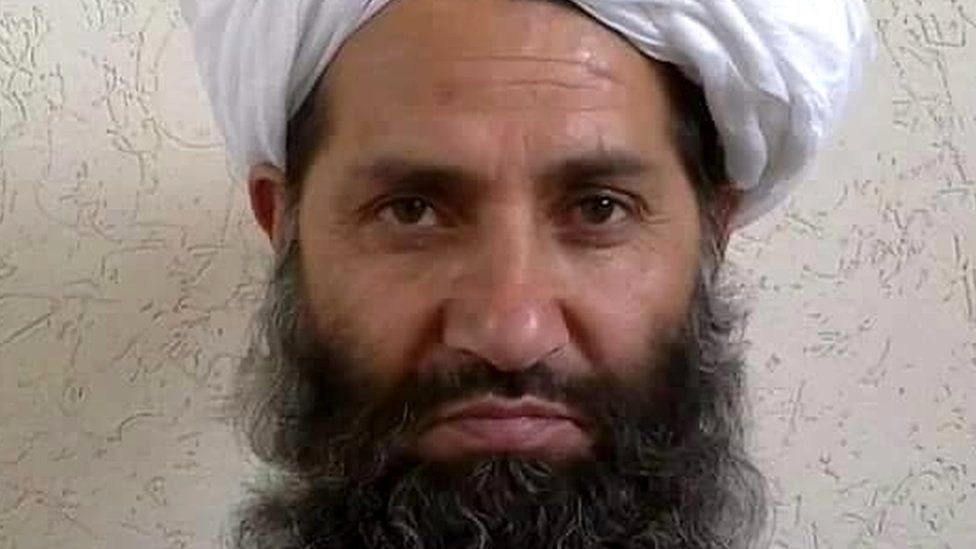 AFGHAN ISLAMIC PRESS
AFGHAN ISLAMIC PRESS
The Taliban took many by surprise as it swept across Afghanistan in just 10 days, quickly taking control of towns and cities.
It is not yet known who will take charge of the new government. But what do we know about who is leading the Taliban today?
1. Hibatullah Akhundzada
Hibatullah Akhundzada became the supreme commander of the Taliban in May 2016.
In the 1980s, he participated in the Islamist resistance against the Soviet military campaign in Afghanistan, but his reputation is more that of a religious leader than a military commander.
Akhundzada worked as head of the Sharia Courts in the 1990s.
After first seizing power in the 1990s, the Taliban introduced and supported punishments according to their strict interpretation of Islamic law: they publicly executed murderers and adulterers and amputated thieves’ limbs.
Under the leadership of the reclusive Mullah Mohammed Omar (who is thought to have died in 2013), the Taliban also banned television, music, movies, make-up, and disallowed girls aged 10 and over from attending school.
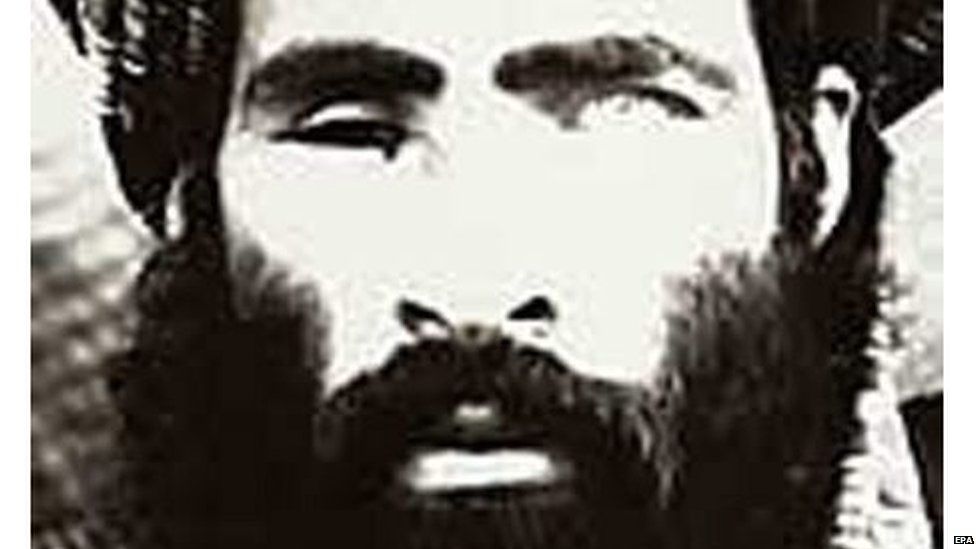 EPA Very few images exist of former Taliban leader Mullah Mohammed Omar, who died in 2013
EPA Very few images exist of former Taliban leader Mullah Mohammed Omar, who died in 2013
Akhundzada is believed to be in his 60s and has lived most of his life in Afghanistan.
However, according to experts, he maintains close ties with the so-called “Quetta Shura” – the Afghan Taliban leaders said to be based in the Pakistani city of Quetta.
As the group’s supreme commander, Akhundzada is in charge of political, military and religious affairs.
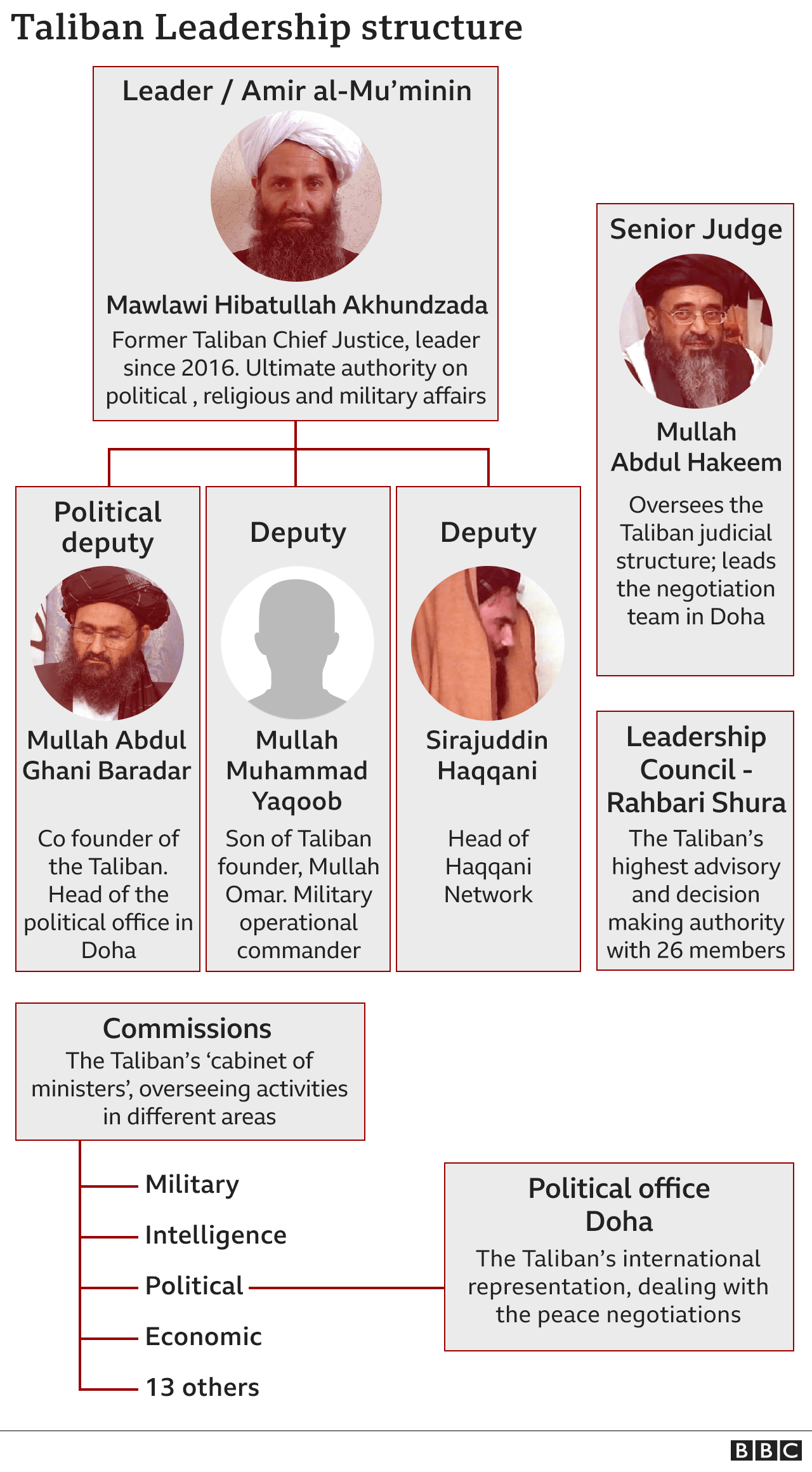
2. Abdul Ghani Baradar
Mullah Abdul Ghani Baradar is one of the four men who founded the Taliban in Afghanistan in 1994.
He became a lynchpin of the insurgency after the Taliban were toppled by the US-led invasion in 2001.
But he was captured in a joint US-Pakistani operation in the southern Pakistani city of Karachi in February 2010.
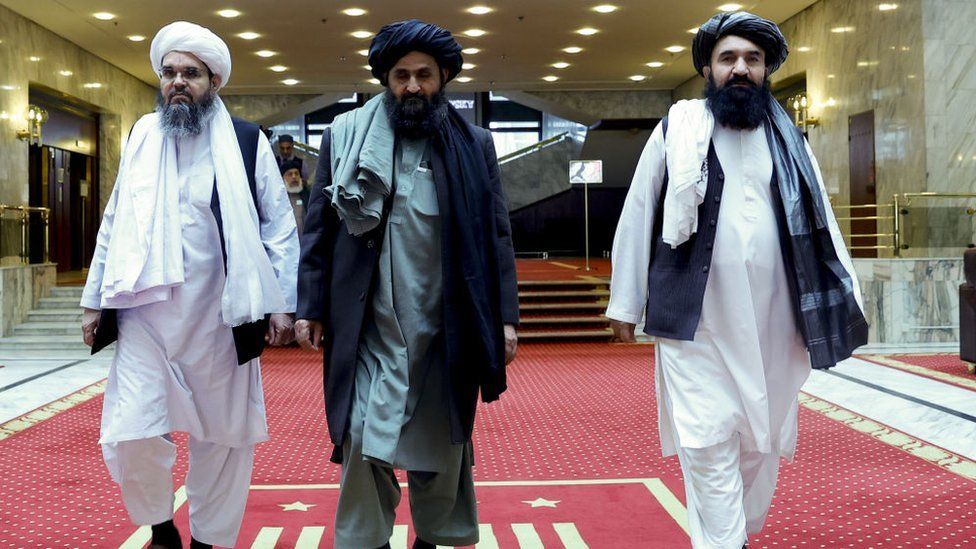 GETTY IMAGES
GETTY IMAGES
He remained in prison for eight years, until he was released as part of a plan to facilitate the peace process. He has been the head of their political office in Qatar since January 2019.
In 2020, Baradar became the first Taliban leader to communicate directly with a US president after having a telephone conversation with Donald Trump.
Today, Abdul Ghani Baradar is the main political leader of the Taliban.
“We have achieved a victory that was not expected… now it is about how we serve and protect our people,” Baradar said in a statement recorded in Doha, the Qatari capital, where he had been part of the Taliban negotiating team in peace talks.
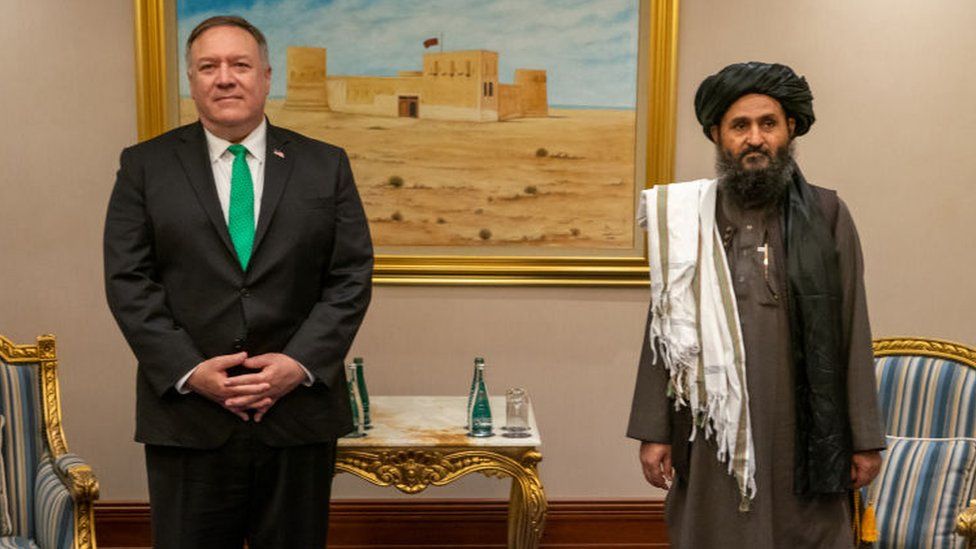 GETTY IMAGES
GETTY IMAGES3. Mohammad Yaqoob
Mohammad Yaqoob is the son of the founder of the Taliban, Mullah Mohammed Omar.
He is believed to be little more than 30 years old and is currently the leader of the group’s military operations.
Following the death of former Taliban leader Akhtar Mansour in 2016, some militants wanted to appoint Yaqoob as the group’s new supreme commander, but others felt that he was young and lacking in experience.
According to the local press, Yaqoob lives in Afghanistan.
4. Sirajuddin Haqqani
Sirajuddin Haqqani is another of the group’s top deputy leaders.
After the death of his father, Jalaluddin Haqqani, he became the new leader of the Haqqani network, which has been credited with some of the most violent attacks that have occurred in Afghanistan against Afghan forces and their Western allies in recent years.
The Haqqani network is currently one of the region’s most powerful and feared militant groups. Some say it is even more influential than the Islamic State group in Afghanistan.
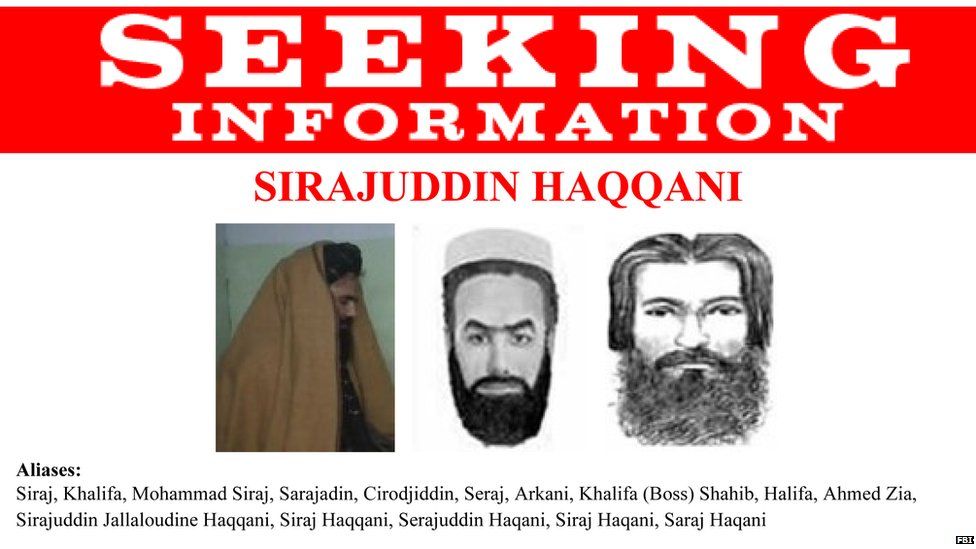
FBI
The group, designated by the US as a terrorist organisation, oversees the Taliban’s financial and military assets along the Pakistan-Afghanistan border.
Haqqani is believed to be around 45 years old and his whereabouts are unknown.
5. Abdul Hakeem
In September 2020, the Taliban appointed Abdul Hakeem as the new head of the Taliban negotiating team in Doha.
He is believed to be around 60 years old. He reportedly ran a madrassa – an Islamic religious school – in Quetta, Pakistan, from where he also supervised the judiciary of the Taliban.
Many senior Taliban leaders reportedly took refuge in Quetta, from where they led the group.
But Islamabad has denied the existence of the “Quetta Shura”.
Hakeem also heads the Taliban’s powerful council of religious scholars and is believed to be one of the people closest to the supreme commander, Akhundzada.
